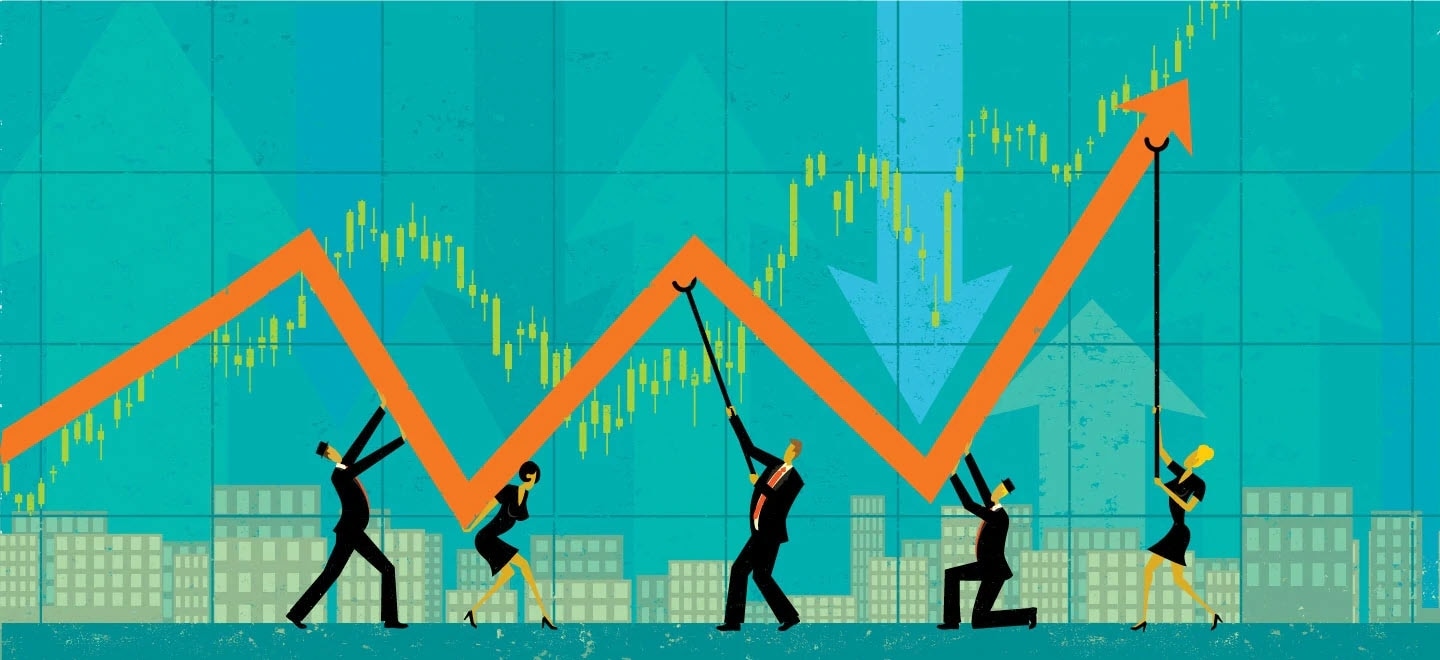Australia’s Post-Vaccination Economy

Australian Prime Minister Scott Morrison recently announced the government’s approval of the Pfizer COVID-19 vaccine. This makes Australia one of the first countries to complete a comprehensive coronavirus vaccine approval. The vaccination drive will dominate Australia’s events calendar for 2021. However, a more important question looms. Here is a look at what Australia’s economy might look like once the coronavirus threat is eliminated.
Vaccination
Australia has a plan for the vaccination drive. As in other countries, it will start with border personnel and frontline health workers. These are known as the ‘priority group’, and will be vaccinated soon after that start of the drive in February. According to Health Minister Greg Hunt the exercise is expected to start with 80,000 doses per week, all the way up to October.
A fall in the count of new COVID-19 cases has bolstered the confidence of Australians. Reports of big strides in vaccine production have added to this effect. If the virus remains contained, international borders can gradually reopen. That will help the economy normalize. However, the start of vaccination in February will not immediately cure all of Australia’s economic woes. World Bank president Davis Malpass suggested that a major push is required to improve the global business environment. He advised in favor of transparency in labour markets and governance. Much in the post-vaccination economy will depend on the Australian government’s policy responses.
Economic Outlook
Australia may have entered 2021 relatively better off compared to other countries. However economic challenges continue to knock at the door. Deloitte’s 2020 Access Economics report said that Australia’s economy will continue to outshine other countries. This is expected for as long as the vaccines are rolled out on schedule. There was a 6% increase in average household spending and 3.1% rise in business investments in Australia.
Migration
Migrants add real value. A paper published by Australia’s Treasury and Department of Home Affairs quantified this value. In 2016 migrants in Australia contributed more than $11 billion to the country’s GDP. Most migrants come in search of better earning opportunities. Their priority is to send international money transfers back to their home countries as remittances. During COVID-19 Australia’s borders were intermittently closed and opened. Net migrant arrivals reduced significantly in financial year 2020-21. The country’s population will be 550,000 less in 2022 than the pre-COVID-19 forecasts. This will have an impact on GDP.
International arrivals such as tourists and international students also declined sharply. Tourism in Australia is an important revenue generating sector. In 2019 tourism accounted for 3.1% of the national GDP, or $60.8 billion. As elsewhere in the world, tourism-dependent businesses in Australia have struggled to stay afloat. These sectors are expected to recover in 2021 as the restrictions gradually fade away.
A 2021 Deloitte report indicates that industries such as food, entertainment, airlines, and accommodation are expected to climb throughout 2021. Victoria will see the largest economic growth of all states, at 5.3%. New South Wales and Queensland will experience GDP growth of 4.4% and 4.6% respectively. The economies of other states may grow between 2.5-3.5%.
Employment
The Australian government took many steps to preserve employment. Its centrepiece response was in the form of JobKeeper and JobSeeker payments. These schemes will end in March 2021. As a result the national unemployment rate is expected to average 7.7% over 2020-21. The government estimated that that unemployment will not fall below 6 % until early 2023. Roughly 300,000 people will join the labor force in the next 12 months. The government report suggested that the job market will expand. More than 2.7 million people will regain their jobs in 2021, and 1.4 million more will become employed in 2022.

Well Being
Most organizations will continue with the work-from-home model post vaccination. The culture is no longer new. However there are many fundamental shifts needed. Remote work brings changes in sleep routines, diet, and most other aspects of life. A 2020 KPMG report advises that organizations should invest in improving workers’ mental health. Many have started programs to help employees learn and adapt to these changes.
About the author:
Hemant G is a contributing writer at Sparkwebs LLC, a Digital and Content Marketing Agency. When he’s not writing, he loves to travel, scuba dive, and watch documentaries.




